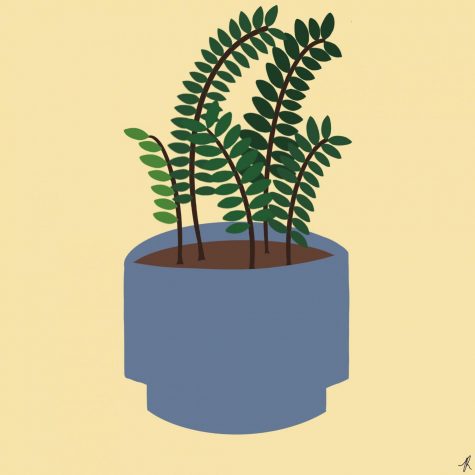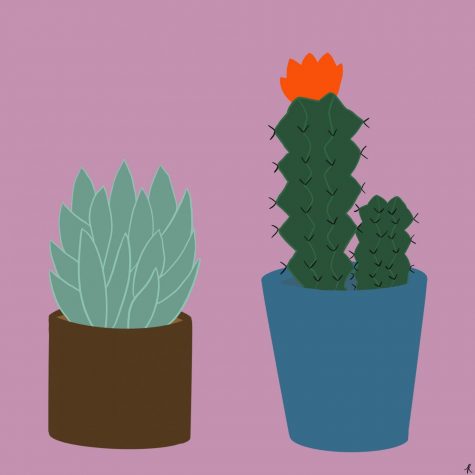A beginner’s guide to plant owning
October 23, 2020
It is no secret that 2020 has harvested some pretty traumatic and historical events; from racial injustice to the election, this year certainly has raised some anxiety levels, and adding a socially isolating global pandemic on top of it doesn’t help. In addition to copious amounts of baking and TikTok watching, many people have taken up plant owning as a way to occupy themselves during the pandemic. Plant owning has offered some respite for the boredom we all felt in April, and even as restaurants and malls open, the benefits of plant owning remain vast.

For college students, nursing plants can improve mental health. A link can be found between the patient and docile nature of plants and their ability to be a remedy for high-stress environments. Coupled with their improvements to mental health and their natural release of health-improving chemicals, plants also support a healthy immune system, something that is especially important during a pandemic. The personalization, color and variety that plants provide to a workspace offers a mental boost that increases productivity, which is helpful for students behind on studying.
The world of plant owning can be overwhelming, so it’s important to know what kinds of plants are best for beginners, especially college students. Snake plants, or Dracaena trifasciata, and ZZ plants, or Zanzibar Gem, are the most adapted for dorm rooms; they grow in low light and can go as long as six months without being watered. Of course, succulents and cacti are great for decoration and need very little attention.


Both succulents and cacti need high amounts of sunlight to thrive, so they are a little more suited for dorm and apartment rooms where light floods in through windows or in the direct light of a lamp. And if none of these plants work out, plastic plants can still add a splash of color to any dorm room.
The next step on the road to plant owning is learning how to maintain a new plant. Thankfully, the plants mentioned do not require too much attention, but giving a plant slightly more than the minimum amount of maintenance can increase its benefits. As mentioned before, snake plants can go six months without water, but they can also live with a sparse watering once a week. ZZ plants, similar to snake plants, can go long periods without care, but unlike snake plants, owners must wait for their soil to dry before watering again.
For cacti and succulents, it’s safe to water them with paltry amounts of water every other week or let them go for months without water. One small addition that may increase the plant’s growth and the vibrancy of its color is playing music to it or singing out loud, if you’re into that. Not only has listening to music been linked to increased productivity, which might be helpful for some students, but it has also been shown to increase the growth rate of plants by 20%. Research explains that the vibrations caused by music’s sound waves produce movement in the plant cells that stimulate the plant to produce more nutrients.


Caring for or even being around a plant can improve mental and physical health and can even give plant owners an excuse to blast their music or sing, unapologetically, to something other than the shower head. The numerous benefits of plants and their convenience makes owning a plant a must for any college student feeling pressure from school and the plentiful gifts 2020 keeps on sowing.











